7 Fascinating Facts About Santa Muerte You Didn't Know
Santa Muerte, or ‘Saint Death,’ is a powerful figure that captivates both devotees and curious minds alike. Revered in many parts of Mexico and the United States, Santa Muerte is often shrouded in mystery, blending elements of Catholicism with traditional Mexican folk beliefs. This blog delves into seven intriguing aspects of Santa Muerte that might just surprise you.
1. Origins of Santa Muerte
Santa Muerte’s roots are deeply entrenched in Mexican culture. She is believed to have arisen from a syncretism between Mesoamerican indigenous practices and Spanish Catholicism, representing a blend that speaks to ancient traditions. Some researchers trace her back to the Aztec goddess Mictecacihuatl, the Lady of the Dead, blending these pre-Colombian deities with the European personification of Death introduced by the conquistadors.
Her veneration started gaining wider attention in the mid-20th century. In the town of Tepito, in Mexico City, her first recorded shrine appeared, and her following began to expand rapidly. The allure of Santa Muerte’s inclusive nature draws those from various paths, offering a universal symbol unbound by orthodox religious practices.
2. Representation and Symbolism
Santa Muerte is often depicted as a skeletal figure draped in a robe, reminiscent of the Grim Reaper. Her image is a potent symbol of death, but also of transformation and protection, resonating deeply with her followers. Her various colored robes and iconography each bear unique meanings—white for purification, red for love, and gold for prosperity as seen here.
Her symbolic representation also delves into deeper, more personal interpretations for her devotees. Followers may infuse their own meanings into the colors and symbols, creating a personalized connection with her, which speaks to the dynamic and evolving nature of religious belief and iconography.
3. A Patron Saint of the Marginalized
Many of Santa Muerte’s devotees come from marginalized communities. She provides hope and solace to those ignored by traditional religious paths, offering a sense of belonging and acceptance. She often attracts the faith of the disenfranchised, like the poor, LGBTQ+ individuals, and those brushed aside by mainstream religious groups.
Her appeal lies in her non-judgmental nature. Unlike traditional saints, Santa Muerte does not discriminate; her benevolence is said to be available to everyone willing to honor her. This inclusive stance makes her a powerful spiritual figure for those seeking refuge and justice outside conventional spirituality.
4. Rituals and Offerings
Rituals dedicated to Santa Muerte often involve offerings such as candles, tobacco, and liquor. These are given to gain her favor or protection, blending intimate acts of faith with the supernatural. Rituals may vary, with some devotees crafting highly personal ceremonies that reflect their unique interactions with Santa Muerte.
Additionally, many rituals are conducted in a public setting, often involving familial or community participation. It is not uncommon to see gatherings where followers pray aloud, share food, and bond over the shared sanctuary they find in Santa Muerte’s presence, creating a supportive community environment.
5. Santa Muerte’s Feast Days
Celebrations for Santa Muerte typically occur on the first or second of November, coinciding with the Day of the Dead. These festivities are vibrant and filled with music, food, and heartfelt prayers. The celebratory atmosphere, complete with brightly colored decorations and offerings, stands in striking contrast to common perceptions of death rituals.
The celebrations are an affirmation of life and remembrance, allowing devotees to honor the dead while embracing their own mortality. These gatherings reflect the profound cultural reverence for death as a part of life, showcasing a beautiful intersection of spirituality and communal harmony.
6. Controversies and Misunderstandings
Despite her growing popularity, Santa Muerte is often misunderstood and associated with illicit activities. However, her devotees argue that she symbolizes justice and peace, not crime. Misinformation has led to sensationalist media portrayals, distorting the true nature of her veneration explained in this article.
The core of her appeal lies in her representation of acceptance beyond the societal norms, and much like any powerful symbol, her image can be misappropriated. Followers argue that it is essential to understand Santa Muerte in the context of her providing hope, moral guidance, and community support to those left out of mainstream paths.
7. Impact on Popular Culture
Santa Muerte has inspired countless songs, movies, and artworks around the world. Her image and story resonate in popular culture, encapsulating a unique spiritual blend that captures the imagination. Seen in television series and music videos, she often represents an enigmatic and potent force highlighted in various media.
This cultural impact extends beyond Latin America, as her image becomes a worldwide phenomenon. The fusion of fear and fascination with her persona prompts continual dialogue, encouraging broader discussion about cultural belief systems and the universality of spiritual experiences.





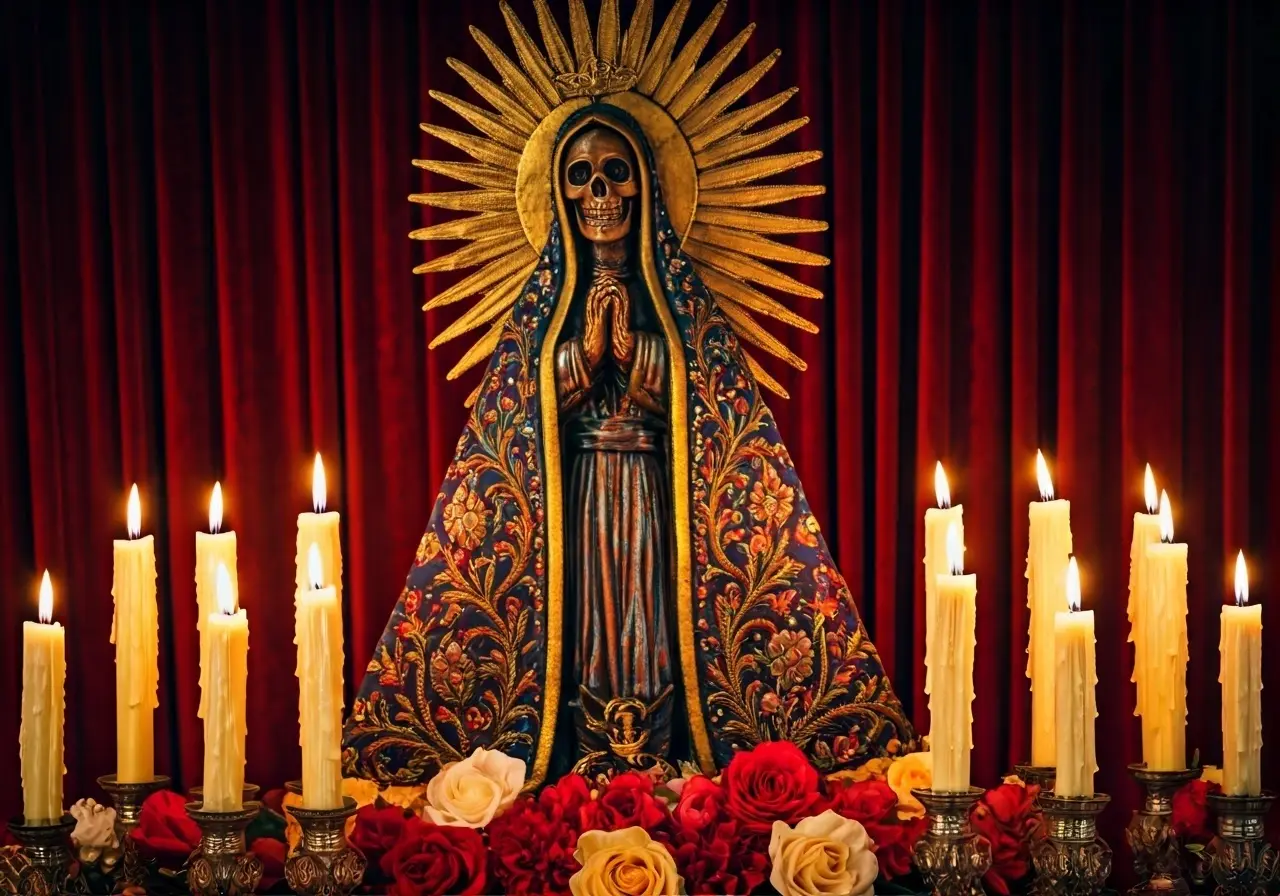





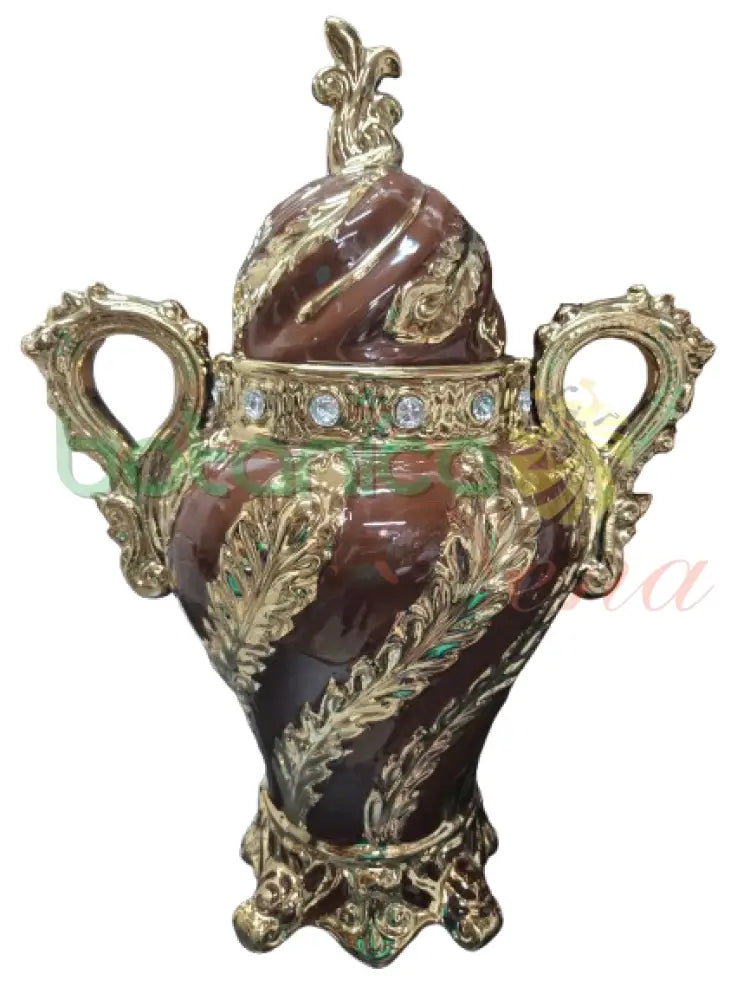

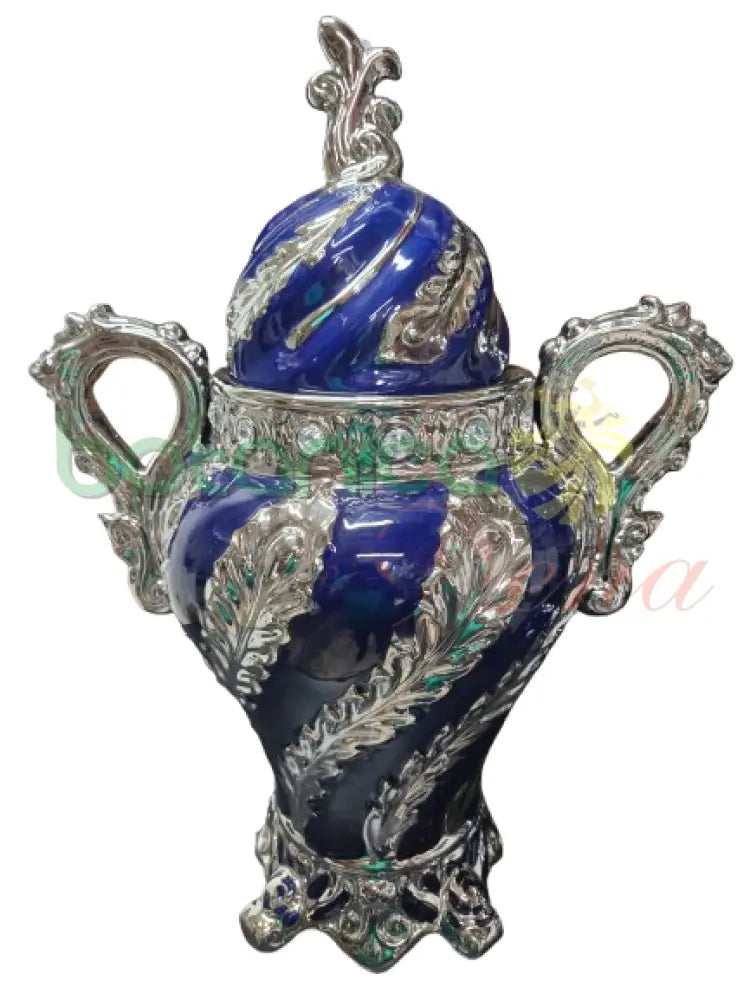
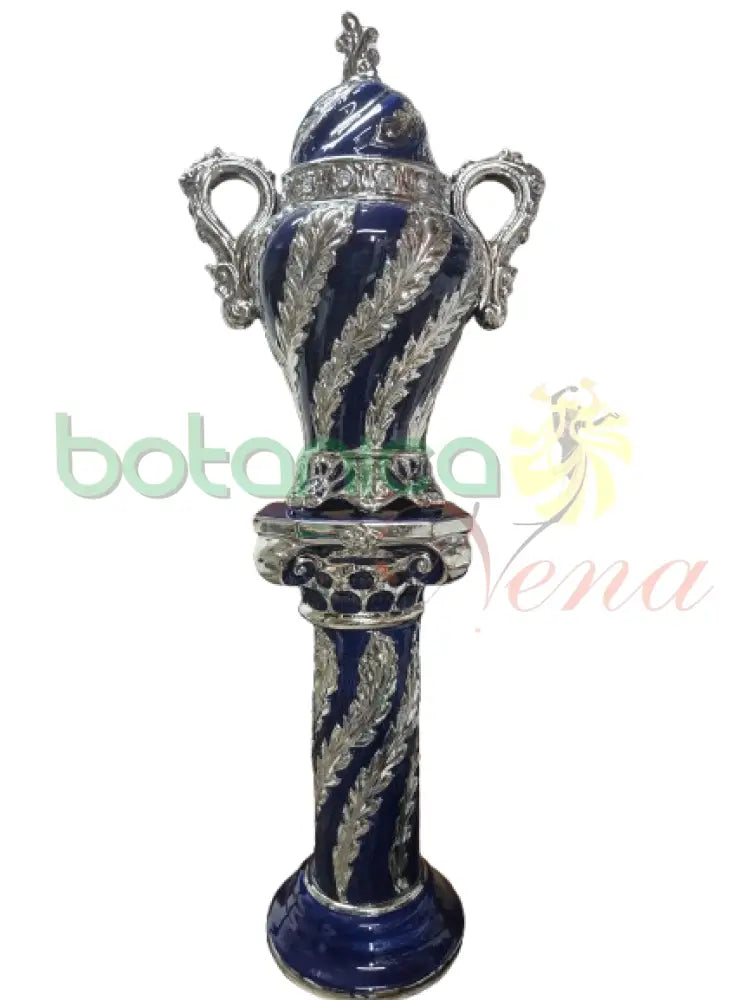



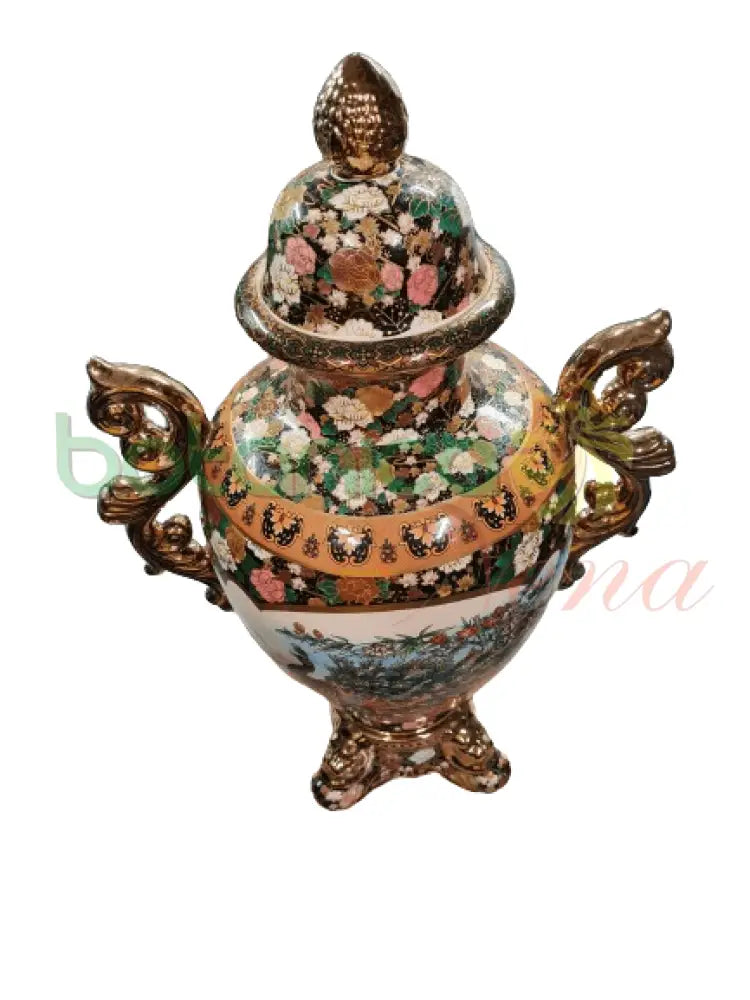


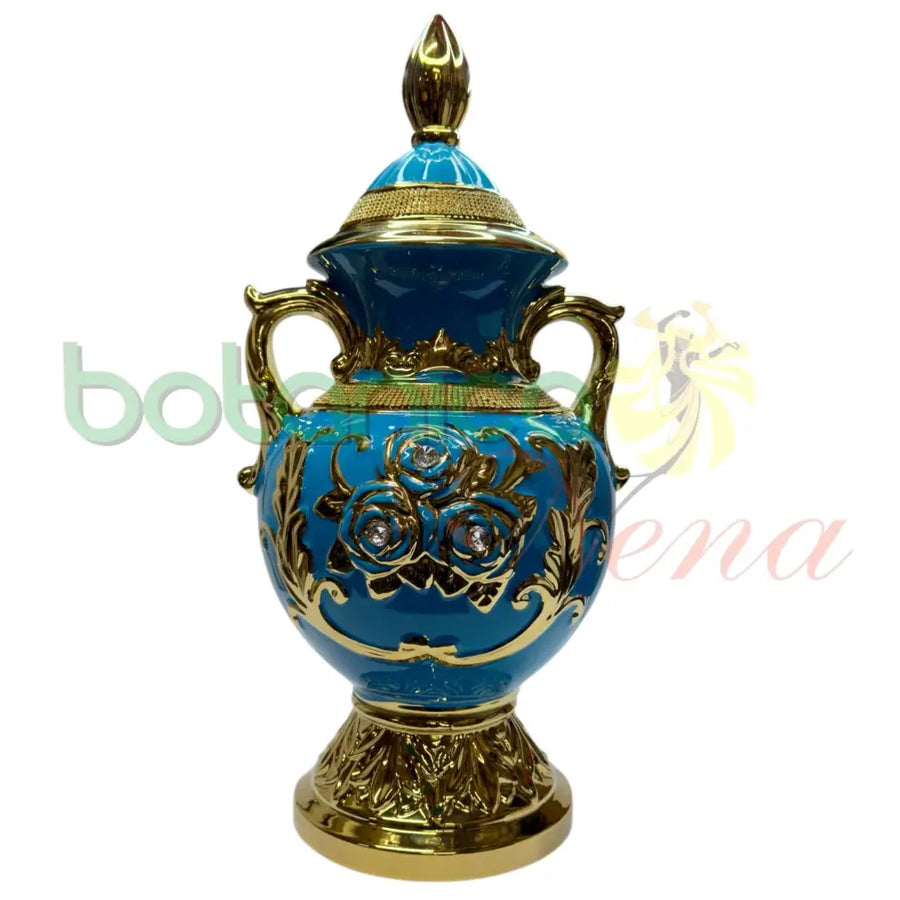

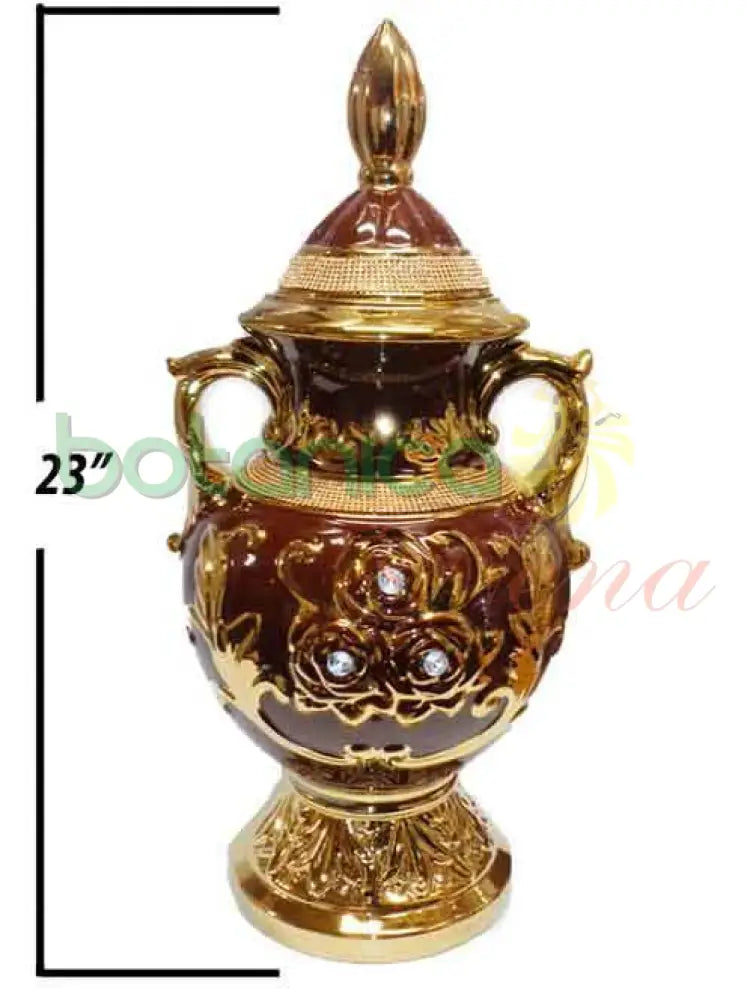







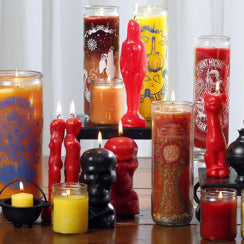
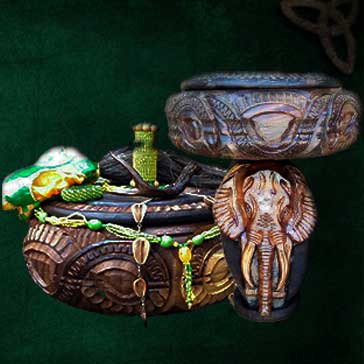

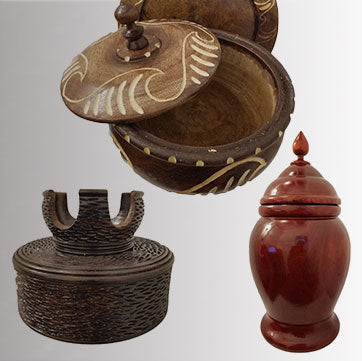
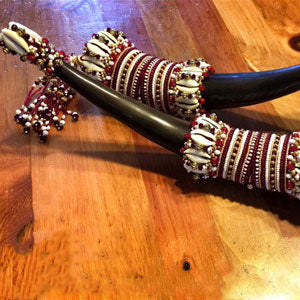



Dejar un comentario